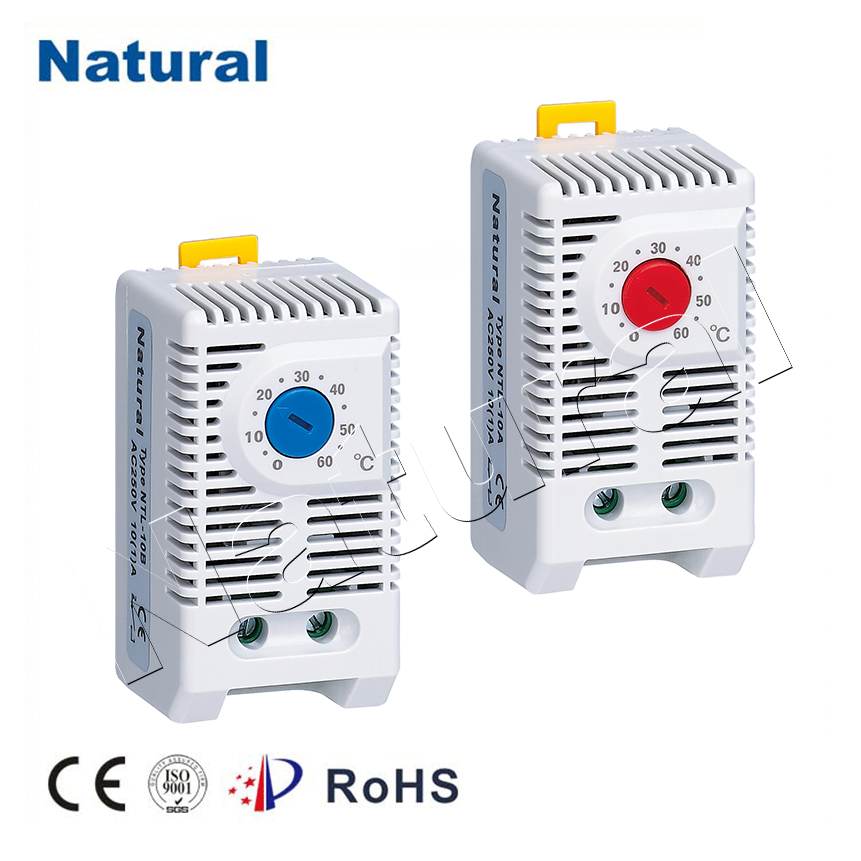Thermostats have come a long way since their inception, transforming from simple manual devices to sophisticated smart systems that can optimize our comfort and energy efficiency. In this article, we’ll explore the evolution of thermostats, from their humble beginnings to their current state of technological advancement.

1. Manual Thermostats: A Simple StartThe earliest thermostats were manual devices with a basic temperature control knob. Users had to adjust the temperature manually by turning the knob to their desired level. While these thermostats allowed for some degree of control, they were far from precise and often resulted in energy wastage. 2. Programmable Thermostats: A Step ForwardTo address the issues of manual thermostats, programmable thermostats were introduced. These devices allowed users to set specific temperature schedules for different times of the day and week. This improved energy efficiency by automatically adjusting the temperature when occupants were away or sleeping. 3. Digital Thermostats: Enhanced PrecisionDigital thermostats replaced analog displays with digital screens, providing more precise temperature readings and programming options. They were also more user-friendly and aesthetically pleasing. However, they still required manual programming, which could be a hassle for some users. 4. Smart Thermostats: The Revolution BeginsThe true revolution in thermostat technology came with the advent of smart thermostats. These devices are connected to the internet and equipped with advanced sensors and algorithms. Smart thermostats can learn user preferences, adapt to occupancy patterns, and even be controlled remotely through smartphone apps. 5. Learning Thermostats: A Touch of Artificial IntelligenceLearning thermostats take the concept of smart thermostats to the next level by incorporating artificial intelligence (AI). They continuously monitor user behavior and adjust temperature settings accordingly, optimizing both comfort and energy savings. These thermostats can adapt to changing weather conditions and even offer insights into energy consumption. 6. Energy Efficiency and Cost SavingsOne of the key benefits of modern thermostats, especially smart and learning thermostats, is their ability to significantly reduce energy consumption. By intelligently managing heating and cooling, they can lead to substantial cost savings on utility bills. Additionally, they contribute to environmental sustainability by reducing carbon emissions. 7. Integration with Home Automation SystemsSmart thermostats often integrate seamlessly with other smart home devices, forming a part of the broader home automation ecosystem. They can work in tandem with lighting, security, and entertainment systems to create a more convenient and interconnected living space. 8. Future Trends: Eco-Friendly and Voice-ActivatedLooking ahead, the future of thermostats appears promising. Eco-friendly designs with recyclable materials and energy-efficient components are on the horizon. Furthermore, voice-activated thermostats are gaining popularity, allowing users to control their home’s temperature with simple vocal commands. 9. Conclusion: The Future of Comfort and EfficiencyIn conclusion, the evolution of thermostats has been remarkable, from manual devices to intelligent systems that prioritize both comfort and energy efficiency. Smart and learning thermostats have not only made our lives more comfortable but have also reduced our carbon footprint. As technology continues to advance, we can expect even more innovations in thermostat design, leading to a greener and more connected future. In today’s fast-paced world, thermostats are no longer just temperature control devices; they are an essential part of our journey towards a sustainable and comfortable future.